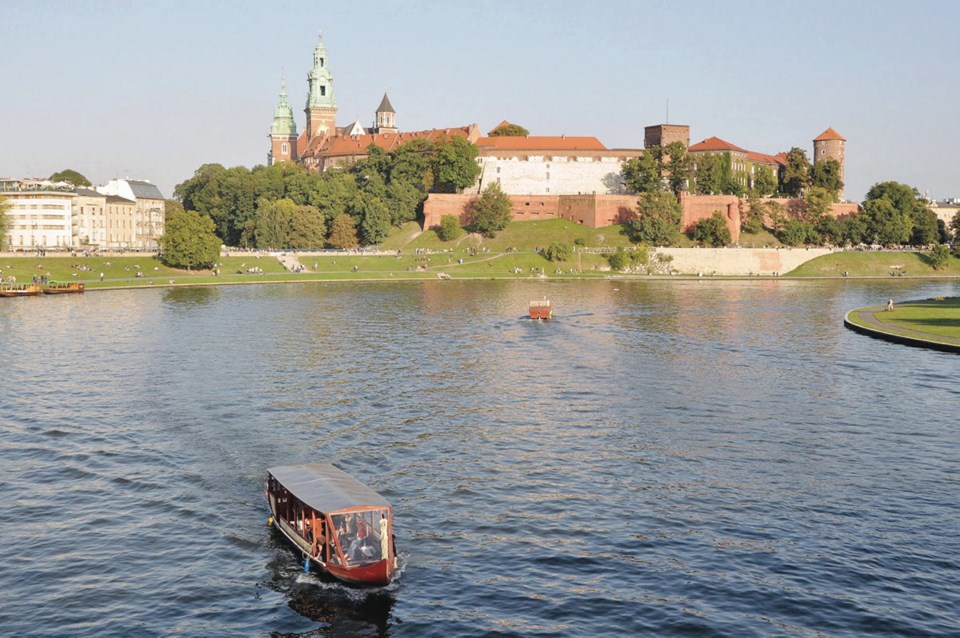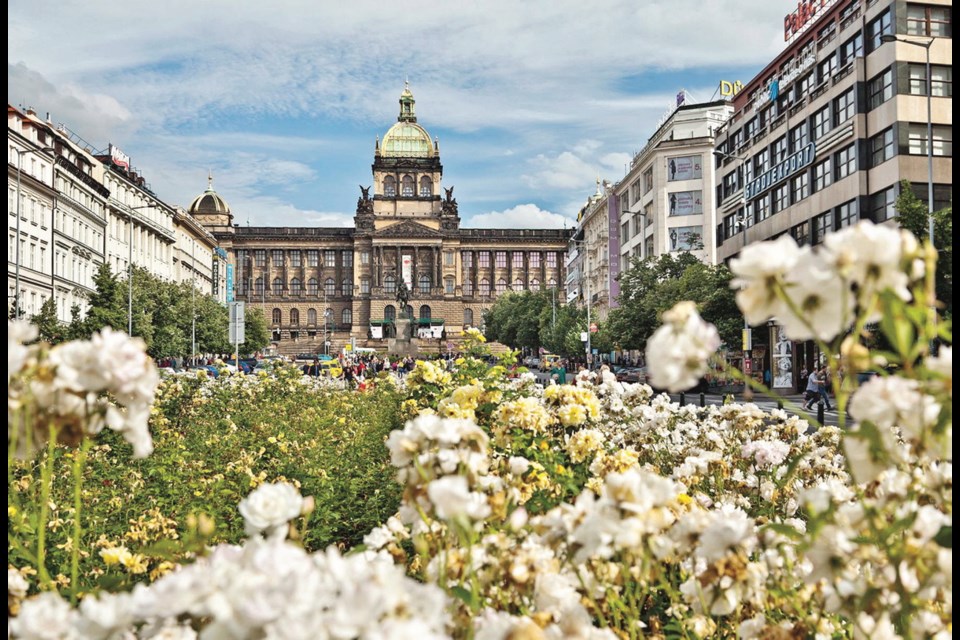The history, art and culture of central and eastern Europe are often complicated for westerners. But it’s easier than ever to enjoy this area, where there is plenty of good sightseeing news in its leading cities.
Prague is buzzing with sightseeing changes. After a seven-year renovation, the National Museum reopened with eight permanent exhibits covering topics from evolution to the Czech Republic’s 20th century. Admission to the museum, which has long towered over the city at the top of Wenceslas Square, includes access to its cupola — with great views over the “golden city of a hundred spires.”
But the city’s Art Nouveau masterpiece will not be on view this year: Alfons Mucha’s Slav Epic, the artist’s 20-canvas ode to the history of his people. After decades on display in an obscure Czech town, in 2011, the paintings were finally brought to Prague’s Veletrzni Palace. But after four years, they were removed and subsequently toured Japan. At this time, the paintings still don’t have a permanent home, and their fate is in the hands of Prague’s elected representatives.
Meanwhile, the tiny Museum of Communism, with its fascinating look at the “dream, reality and nightmare” of Cold War-era Czech society, has moved several blocks to the beautifully renovated Old Customs House.
With its youthful energy and Old World feel, the Polish city of Krakow is often referred to as “the next Prague,” and it’s becoming even more enjoyable. The embankments along the long-ignored Vistula River have become sprawling parks, lively with families and beach bars in the summer. A former tobacco factory has been turned into the Tytano Dolne M Byny Cultural Complex, featuring fun bars and restaurants while retaining a run-down and funky edge.
Schindler’s Factory Museum, also in Krakow, seems busier every year — but smart travellers can beat ticket lines by booking an entry time at the information office (in the Cloth Hall in the Old Town’s main square).
The big sightseeing news in Poland’s capital is the long-awaited reopening of the Museum of Warsaw. After undergoing an extensive reworking since 2013, the museum now spans four adjoining townhouses on Old Town Square. Its permanent collection, well explained by an included English-language audioguide, offers interesting insight into this great city. Highlights include a model of the old town as it was in the late 1700s, a moving collection of “relics” from the difficult days of the Second World War, and a chance to take in the old town’s rooftops from an attic viewing platform.

Another metropolis in transition is Budapest, Hungary, where construction continues on an ambitious Museum Quarter in City Park. Modern structures are being built to house several museums, including the National Gallery and new House of Hungarian Music. Both are slated to open in the next few years.
With the growth in Danube River boat tours, tickets can sell out the riverside Hungarian Parliament in Budapest — book in advance if you can. Without an advance ticket, travellers can try to buy same-day tickets at the visitors centre ticket desk. On busy days, if any tickets are left, they’re likely to be for morning and late-afternoon tours.
For years, a stirring monument to Hungarian politician and anticommunist hero Imre Nagy has stood near the Parliament, where he has symbolically kept a watchful eye on the government. But late last year, the statue was removed by the conservative Fidesz government, which views Nagy as an ideological enemy.
A couple of hours west of Budapest, the Austrian capital of Vienna is also hard at work improving its museum infrastructure. Several Vienna museums are closed at least until 2020 for major renovations: the Wien Museum of city history on Karlsplatz, the Academy of Fine Arts Painting Gallery, and the Sigmund Freud Museum. During the Freud Museum renovations, a temporary museum nearby will display some artifacts at a reduced entrance fee, and the Wien Museum MUSA will host a range of temporary exhibits on the city’s cultural history during the main location’s closure.
And the region isn’t immune to the sad trend of disappearing night trains; the Prague-Vienna and Budapest-Berlin overnight trains are no more. (But the trend is the result of some positive changes: faster daytime train connections and ever more cheap-flight options between Europe’s cities.)
Rick Steves (ricksteves.com) writes European travel guidebooks and hosts travel shows on public television and public radio. Email him at rick@ricksteves.com and follow his blog on Facebook.



